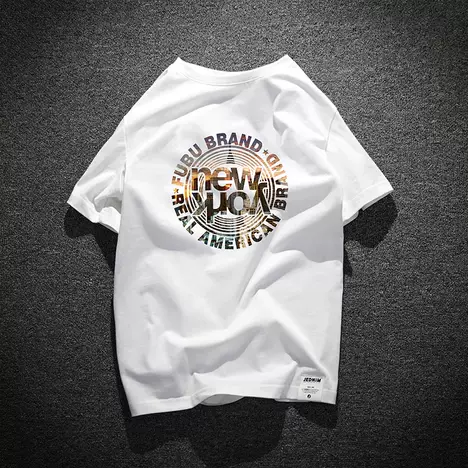Peking Opera is a treasure of traditional Chinese opera art, and its colorful costumes are one of the indispensable elements in Peking Opera performances. The fabric selection and design style of Peking Opera costumes present strong cultural significance and symbolism. In Peking Opera, clothing fabrics are not only decorative in appearance, but also an important expression tool that can convey rich connotations such as character characteristics, social status and emotional state.
First of all, different fabric materials represent different role identities and social statuses. In Peking Opera, actors play the roles of officials, nobles, businessmen, common people, etc., and characters with different identities usually wear different fabrics. For example, silk fabrics are often used to represent the role of the aristocratic class, because silk has always been considered a symbol of nobility and elegance in Chinese history. Coarse fabrics are often used in the clothing of common people, because they represent the image of common people and common people. This selection and use of fabrics allows the audience to identify and understand the character’s social status through clothing, adding to the realism and dramatic conflict of the stage performance.
Secondly, different fabric colors and patterns convey the character’s personality traits and emotional state. For example, red is widely used in Peking Opera costumes, and it represents a symbol of joy, bustle and enthusiasm. A festive or active character often wears red clothing, which can make the audience immediately feel their sunshine, liveliness and positivity. On the contrary, black is related to sadness and heaviness, and is often used to express tragic characters, allowing the audience to better experience the character’s inner world. In addition, the different patterns on the fabric also show the characteristics of the character’s personality. For example, geometric patterns are often used for brave and courageous characters, while patterned clothing is often used for delicate and gentle characters. These visual elements enhance the shaping and expression of the character’s image through the clever use of clothing fabrics.
At the same time, the fabrics of Peking Opera costumes also reflect the aesthetic pursuits and values of traditional Chinese culture. In traditional Chinese culture, the choice of colors and patterns has a certain symbolic meaning. For example, red has always been a symbol of auspiciousness and joy in Chinese culture, while mythical animal patterns such as dragons and phoenixes are commonly seen in the clothing of royals and nobles, representing nobility and glory. The design of Peking Opera costume fabrics is also influenced by these traditional aesthetics, which not only conforms to the characteristics of the characters, but also shows the charm of traditional Chinese culture.
In general, Peking Opera costume fabrics are an important element of stage performances. They not only provide visual enjoyment to the audience, but also present them through ingenious selection and design. It brings out rich cultural symbols and connotations. They represent the character’s status, personality traits and emotional state, and demonstrate the aesthetic pursuits and values of traditional Chinese culture. By deeply understanding the cultural significance of Peking Opera costume fabrics, we can better appreciate and understand the unique charm of Peking Opera art.








